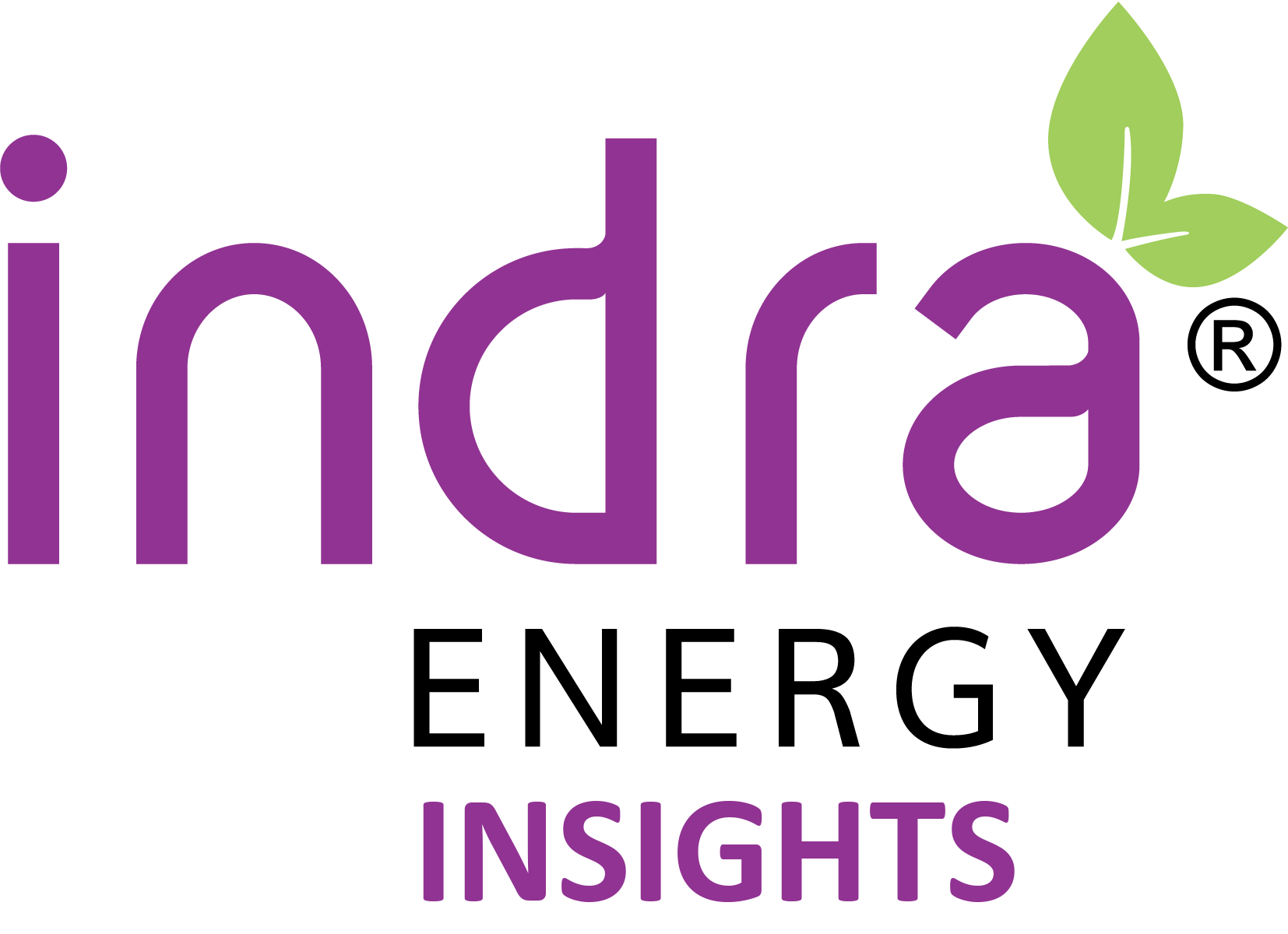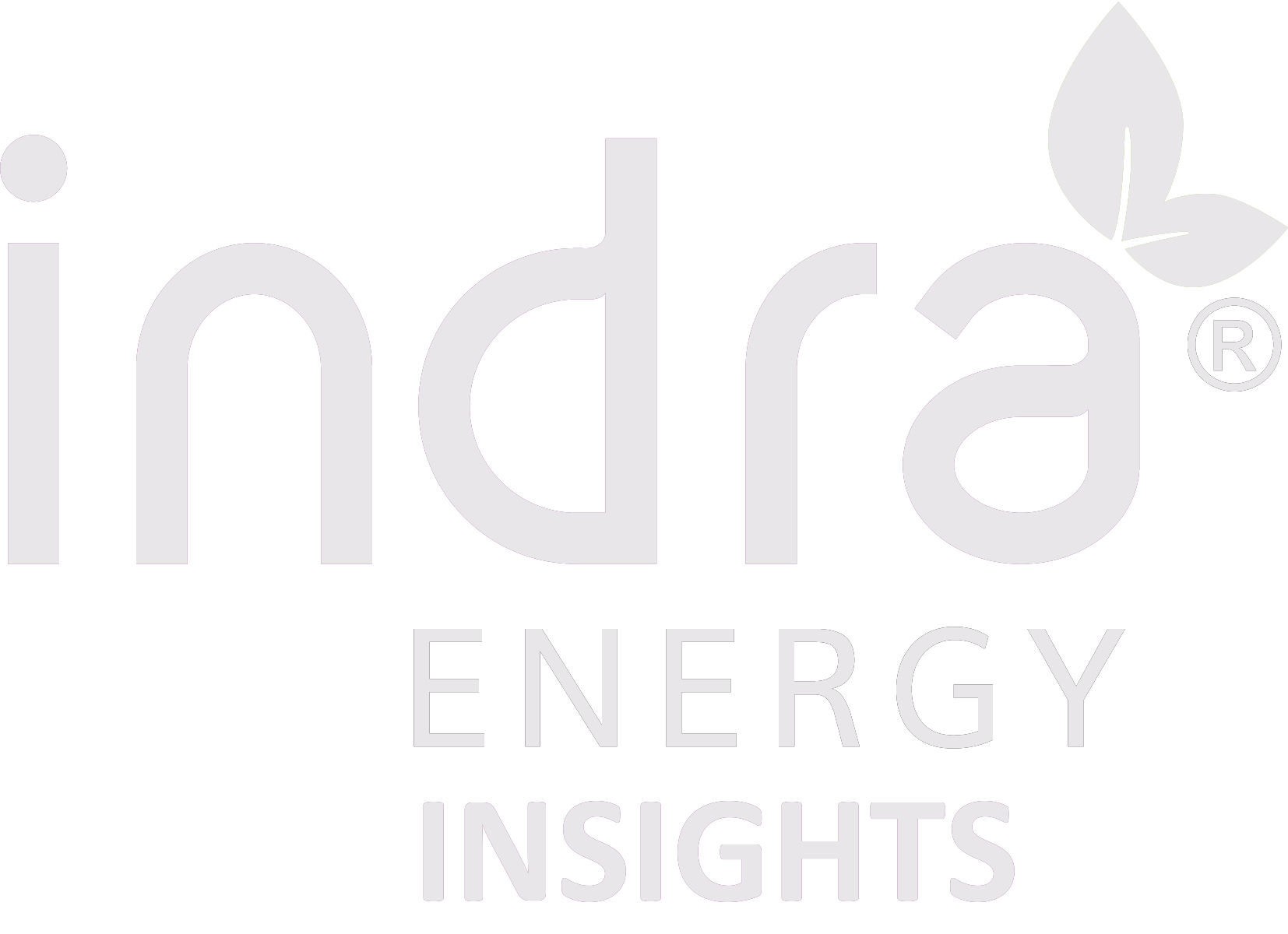In the intricate networking of electrons, watts, and outlets, there lives a small, but mighty character in the role renewable energy plays in the grid. Renewable energy credits – or RECs – are certificates of authenticity for power that’s generated from renewable alternative energy sources (like solar panels, wind farms, and hydro farms) but sent into the grid. See, when energy enters the grid, we all make use of it – We can’t send this bit of energy to a particular house. Instead, that bit of energy is recorded in a REC and can be used for a variety of purposes, like Indra Energy does by supplying 100% renewable electricity plans*.
So what is a REC really? How is it generated? And where does it go? What happens in the life of a REC? Let’s journey into the grid and see how RECs are born and how it winds up into a homeowner’s energy plan. Our story begins on a sunny field, or a windy hilltop, where renewable energy equipment generates electrical energy. When these panels and turbines send 1 megawatt-hour (or MWh) into the grid, a renewable energy credit is generated. In this early stage, the credit is little more than a digital badge. A birth certificate for that amount of renewable power.
Where does a freshly minted REC go first? Certification. Generation Attribute Tracking systems (like the Midwest Renewable Energy Tracking System) track each credit and confirm its legitimacy. The REC must meet strict standards and be able to verify the source was in fact generated by an accredited renewable resource. There are also checks to make sure that each megawatt-hour of energy is accounted for.
Now that it’s certified, the REC journeys into the grid, where it becomes a line of credit. Indra Energy purchases RECs to supply their renewable energy plans, making the energy used based on 100% certified renewable sources. Indra Energy lets customers that can’t generate megawatt-hours of emissions-free energy themselves, participate in renewable energy. This helps further investment in renewable power sources, and helps offset the carbon emissions from traditional energy, making a tangible impact on the world.
Indra Energy buys RECs from the open market, supporting the renewable energy producer and enabling them to grow their operations. The power journeys through the grid, across power lines, to arrive at its ultimate destination: your home. Homeowners supporting renewable energy plans contribute to the demand for green energy, accelerating the energy grid’s share of renewable power.
Once it is used in an Indra Energy plan through a homeowner’s energy usage,* all of the RECs used are retired, and cannot be reused or resold Think of it as that piece of energy’s retirement off to a well-deserved (and well-enjoyed) Caribbean vacation. A permanent vacation.
Every company like Indra Energy that participates in this process goes through a certification and transparency process. Indra Energy needs to ensure our energy plans are 100% renewable, so these records are audited and verified on a recurring basis.
A day in the life of a REC is busy and quick, but the impact is lasting. Renewable energy credits fuel the adoption of renewable energy, making it possible for advancement in ways we can’t wait to experience. RECs also allow homeowners to take part in renewable energy without the costly installations or complex maintenance of direct renewable energy. With renewable energy, energy is a lifestyle that starts with one simple, impactful credit—and a whole lot of power.
*If you enroll on a 100% Renewable Energy plan with Indra Energy as a residential and/or small commercial customer, one hundred percent (100%) of your electricity usage will be paired with renewable energy certificates generated from renewable or alternative energy sources in the United States, which may include wind, solar, hydro or any other zero-emission sources which have been qualified as such. The amount of RECs that exceed any mandatory renewable portfolio or clean standard requirements may be generated from renewable or alternative energy sources located anywhere in the United States. Indra will retire RECs in a regional generation attribute system, such as PJM Gats for customers in NJ, PA, MD, VA, IL, DC, DE territories, or via ISO – New England for customers in MA; the RECs are not generated in the State of Illinois. If you select a natural gas product, one hundred percent (100%) of your natural gas usage will be matched with carbon offsets.













